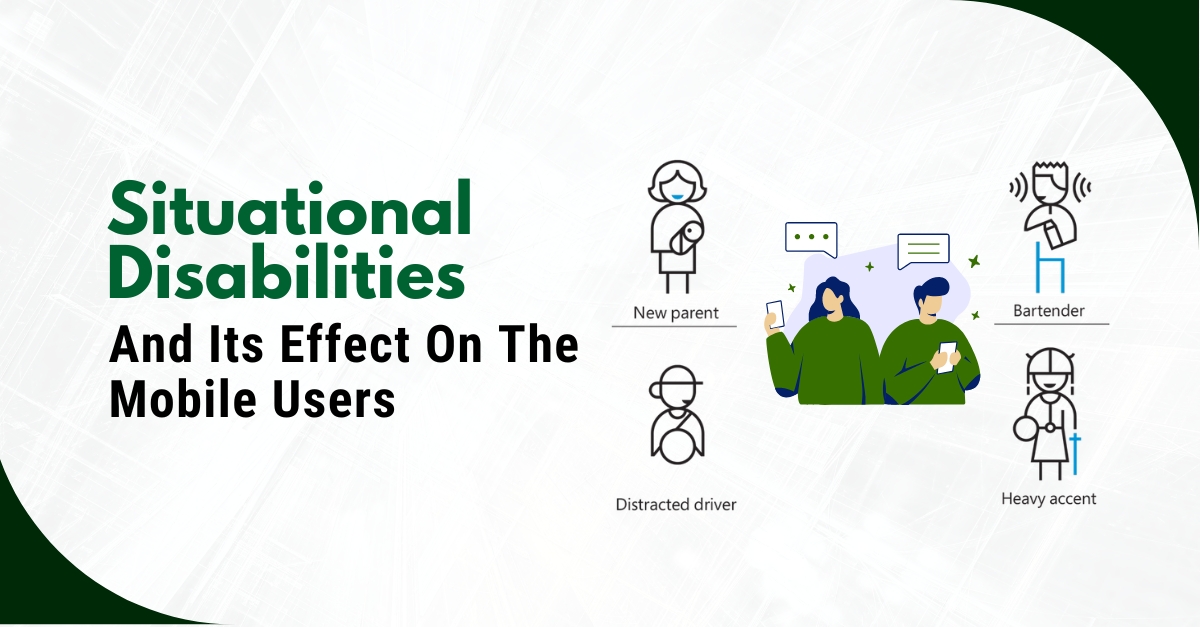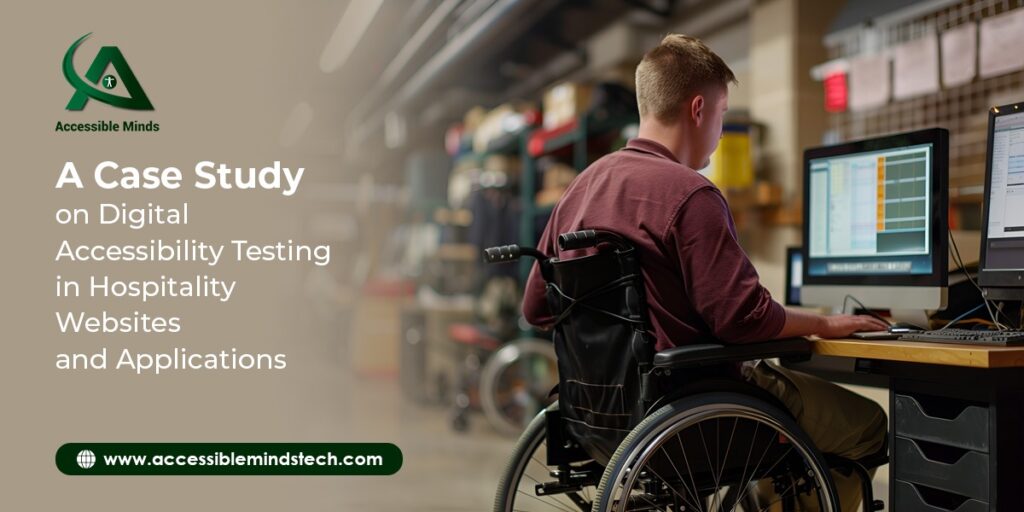Introduction
Everyday activities such as communication, education, business, research, health, and sports have been transformed by mobile phones. In order to provide better customer service and reach a larger audience, more businesses are investing in mobile-friendly websites and apps. Nevertheless, a lot of mobile digital items remain inaccessible, which costs owners missed commercial possibilities and may result in legal problems. We will go into the significance of mobile accessibility in this article and provide helpful instructions for evaluating the accessibility of websites and apps for Android and iOS.
Understanding the Importance of Mobile Accessibility
The process of ensuring that websites and apps are accessible to everyone is known as mobile accessibility. This is critical, particularly for people with disabilities, because mobile technologies allow them better access to digital tools and services. Unfortunately, many mobile websites and apps are still inaccessible, preventing disabled persons from fully utilizing internet resources. Prioritizing mobile accessibility thus not only produces a more inclusive society but also benefits businesses and organizations by increasing their user base.
Android Accessibility Testing
You may evaluate the accessibility of a mobile website or app on an Android device in numerous ways:
- Testing manually using the Android Accessibility Suite: Android smartphones provide a number of built-in accessibility capabilities or tools known as the “Android Accessibility Suite.” Using these tools and simulating various forms of disabilities, you can manually assess the accessibility of a mobile website or app. For example, “TalkBack” allows you to have the website read out to you, “Switch Access” allows you to pick components on the page, and “Magnification” allows you to expand text and other material. By examining how well the website or app supports the usage of these tools, you can identify how to increase accessibility.
- Using additional tools for accessibility testing: There are various other tools available to test the accessibility of an Android app or website. Accessibility Scanner (a Google developer tool) and Accessibility Insights for Android (a free, open-source tool for Android accessibility testing) are two examples.
IOS Accessibility Testing
You can test accessibility on iOS devices using built-in accessibility tools or third-party testing tools, just like you can on Android:
- Making use of iOS’s built-in accessibility features: IOS devices provide a number of built-in accessibility tools, including the “VoiceOver” screen reader, “Zoom” magnification, and “AssistiveTouch” for users with physical limitations. Utilize these tools to evaluate how accessible your mobile website or app is for individuals with different disabilities.
- Using alternative tools for accessibility testing: The Accessibility Inspector allows you to test your app’s accessibility and provides suggestions for enhancing it. This tool is accessible in Xcode, the iOS app’s integrated development environment (IDE). a11yTools and Web Inspector are two other tools you may use to verify the accessibility of your iOS app.
It is essential to test a mobile website or app’s accessibility for as many different types of disabilities as feasible. Because no single tool or method can effectively assess every area of accessibility, combine built-in and third-party tools to gain a comprehensive picture of the accessibility of the website or app.
Mobile Accessibility Testing Best Practices
The Web Content Accessibility Guidelines (WCAG) establish an international standard for making websites and applications accessible to all users. Adhering to these criteria can be difficult, so here are a few practical ways to assist business owners in navigating mobile accessibility testing services:
- Make content responsive to different screen sizes.
When assessing the accessibility of your mobile website or app, keep in mind that users use mobile devices with varying screen widths. Make sure the website has a responsive design that automatically resizes content dependent on the screen orientation of the device. Check that the default text size and touch controls are large enough so users do not need to zoom in and out to see the content. - Make sure there is sufficient colour contrast.
All users can view the content on mobile websites and applications with adequate backdrop colour contrast. The WCAG guidelines advise utilizing a minimum 3-to-1 contrast ratio between text and background colours. Utilizing the monochrome (black and white) display mode is an easy approach to determining whether your mobile website or app satisfies this criterion. Increasing the contrast ratio could be necessary if it’s hard to tell apart different pieces. - Keep app gestures basic.
Users use touchscreen gestures to access mobile websites and apps. For users with motor or dexterity disabilities, complex gesture control that necessitates many fingers or taps might be extremely challenging. As a result, make sure your mobile website or app uses straightforward motions that just need a single finger tap to execute activities. - Make sure the keyboard functions properly.
Contrary to popular opinion, keyboards are not just used on laptops and desktop computers. Make sure your mobile app or website is available to consumers who prefer or require using a keyboard for various tasks on their mobile devices. Bluetooth keyboards are designed to integrate flawlessly with the latest iOS and Android devices. - Make sure the templates and layouts are uniform.
The user experience depends on elements that are repeated throughout pages and are shown in a consistent manner. Regardless of the device used, elements like logos, search fields, and navigation bars should always be arranged in the same way when a user sees a website or app.
Conclusion
Given the prevalence of smartphones, mobile accessibility is increasingly important than ever. However, due to worries about costs, many business owners put off addressing accessibility. If you are sued, the expense of providing an inaccessible website or app could be significantly higher. It is best to make online goods accessible while they are still being developed in order to prevent this. If you have previously released a website or app, check to see if it meets accessibility guidelines and is user-friendly for all users.







